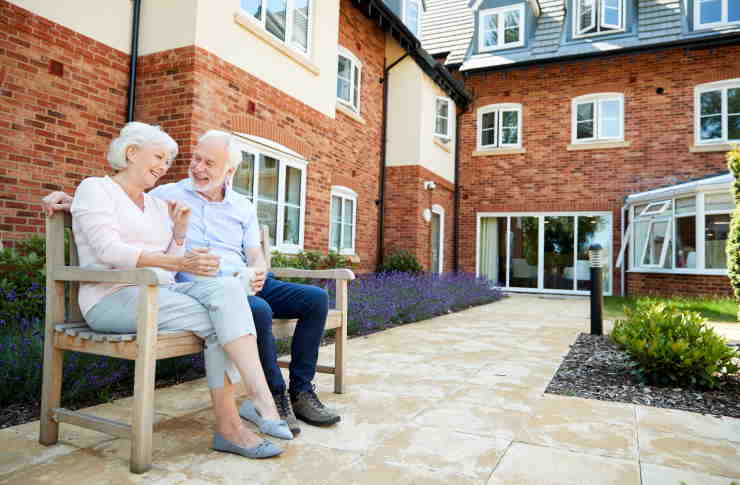What to Expect When Choosing a Container Home as a Senior
Retirement brings exciting opportunities for reimagining living spaces, and shipping container homes have emerged as an innovative housing solution for seniors seeking simplicity, affordability, and modern design. These unique dwellings offer a blend of sustainability, customization, and practicality that many older adults find increasingly attractive in today's housing market.

Why Are Seniors Choosing Container Homes?
Container homes represent more than just a housing trend for seniors – they’re a lifestyle choice that addresses multiple needs. These compact, adaptable living spaces provide numerous advantages, including reduced maintenance, lower utility costs, and the potential for greater independence. The modular nature of container homes allows for easy customization, making them particularly appealing to seniors looking to downsize without sacrificing comfort or style.
Understanding the Costs and Financing Options
The financial landscape of container homes can be surprisingly flexible for seniors. Prices typically range from $30,000 to $150,000, depending on size, customization, and location. Many seniors find these homes more affordable compared to traditional housing, with options for:
-
Partial or full cash purchases
-
Home equity loans
-
Specialized tiny home financing
-
Retirement fund investments
| Container Home Type | Estimated Cost | Typical Features |
|---|---|---|
| Basic Single Unit | $30,000-$50,000 | 320-480 sq ft, minimal customization |
| Mid-Range Custom | $75,000-$100,000 | 500-800 sq ft, enhanced modifications |
| Luxury Container Home | $120,000-$150,000 | 800-1200 sq ft, full custom design |
Prices, rates, or cost estimates mentioned in this article are based on the latest available information but may change over time. Independent research is advised before making financial decisions.
Key Features to Look For in a Container Home
Seniors should prioritize specific features when considering a container home:
-
Accessibility modifications
-
Energy-efficient design
-
Single-level floor plans
-
Integrated safety features
-
Low-maintenance exteriors
-
Adaptable living spaces
Design Considerations for Senior-Friendly Containers
Successful container home design for seniors requires careful planning. Key considerations include:
-
Wide doorways and hallways
-
Zero-threshold entries
-
Non-slip flooring
-
Ample natural lighting
-
Easy-to-operate windows and doors
-
Strategic placement of electrical outlets
-
Compact but functional kitchen and bathroom layouts
Potential Challenges and Solutions
While container homes offer numerous benefits, seniors should be aware of potential challenges:
-
Local zoning regulations
-
Initial setup and foundation requirements
-
Potential need for additional insulation
-
Limited space compared to traditional homes
Consulting with container home specialists and local housing experts can help navigate these considerations effectively.
Container homes represent an exciting housing alternative for seniors seeking a blend of innovation, affordability, and personalized living. By understanding the unique aspects of these dwellings, older adults can make informed decisions about this modern housing solution.




